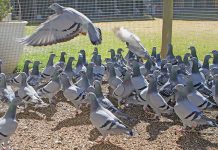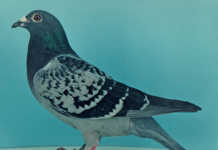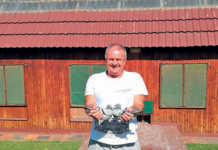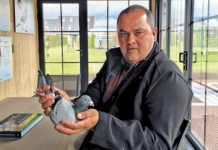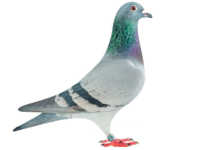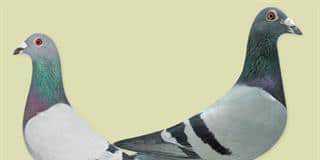An overnight race (or two-day race) occurs when most participating pigeons in a race don’t reach the lofts on the day of liberation, due to, for example, adverse weather. As the race distances increase, so do the risks of not timing in enough pigeons to fill up the positions on the results sheet. The race then remains “open” to let fanciers time in their arrivals on the second day.
Club members may agree to consider the race closed once the top 30% to 50% of the positions have been filled.You also get “forced overnights”, where the pigeons are liberated later in the day so they won’t reach their destination before dark. But pigeons forced to find shelter at nightfall often end up as cat food, while those fortunate enough to survive have to continue their journey in the morning without having had food or water. This is why the Society for the Prevention of Cruelty to Animals put a stop to this cruel practice in South Africa.
Factors affecting overnight return:
- In an overnight race, the packs are scattered into smaller flocks. The smaller the convoy, the less easily the pigeons remain on the line of flight. They may also remain with a “lost” pack flying in the wrong direction. Wind direction may not stay the same for the entire distance of the race and the wind may become more severe, either blowing behind or against the pigeons.
- Pigeons may not have enough visibility to continue their journey at night, depending on cloud cover and the brightness of the moon.
- Pigeons that can’t find water dehydrate and fail to return.
The problem with an overnight is that pigeons wake up at different hours of the morning to continue their journey, which makes the results somewhat artificial.But certain fanciers around the world have taken a special interest in long-distance pigeon racing nonetheless, and have developed a special gene pool of marathon champions.
Traits of the ideal marathon pigeon:
- An advanced immune system essential for coping with the demands of prolonged flight.
- An exceptional metabolism which ensures the full absorption and conversion of feed and nutrients, to ensure energy and top form.
- Fighting spirit – this is connected to the will to win, without which even capable pigeons will give up during the journey.
- The ability to handle heat. Some pigeons handle heat better than others and dehydrate less quickly or not all. It’s a matter of selection for this trait.
- Advanced direction-finding. Surprisingly, most pigeons orientate well up to 550km but don’t “know” the way home over longer distances.
Finally, marathon champions must also have a natural love for their home loft, as an added motivation for braving the unknown to reach their destination.
Contact Thomas Smit on 011 680 4778 or e-mail at [email protected].


